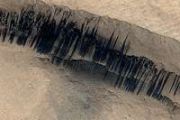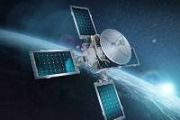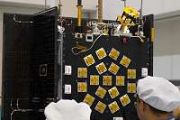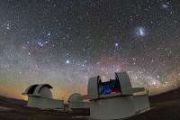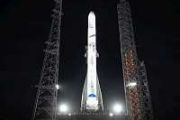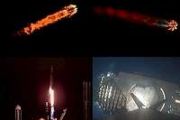
Copernical Team
Yeast bound for moon will provide clues on how radiation impacts astronauts
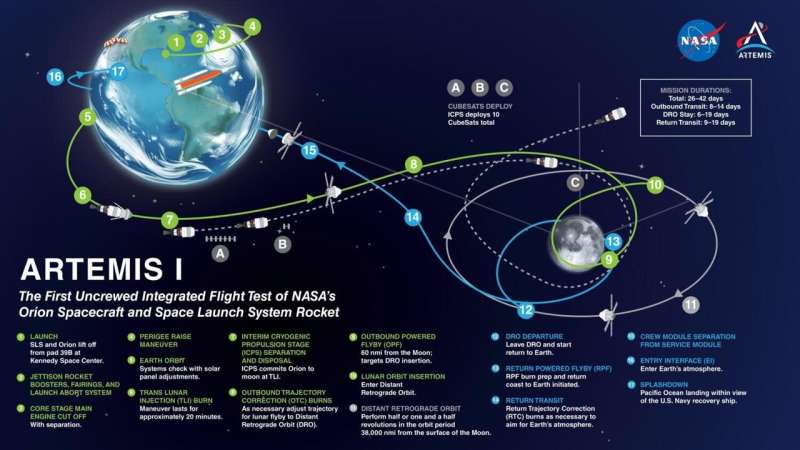
A team of researchers led by CU Boulder is sending some unexpected hitchhikers to the moon: Twelve bags filled with baker's yeast (Saccharomyces cerevisiae), the same kind of hard-working cells that make bread rise and ferment beer and wine.
As early as Friday, a rocket taller than the Statue of Liberty is scheduled to blast off from a launch pad in Florida, carrying NASA's new Orion space capsule into Earth's orbit for the first time. From there, the spacecraft, designed to transport four astronauts, will begin a 42-day journey to the moon and back to Earth.
There aren't any humans aboard this mission, called Artemis 1. But that doesn't mean there won't be passengers. Three human mannequins, named Moonikin Campos, Helga and Zohar, will fly aboard Orion—as will four biological experiments, including one designed by a team at BioServe Space Technologies, a center in the Ann and H.J.
Tighter controls on hazardous chemicals to impact space industry
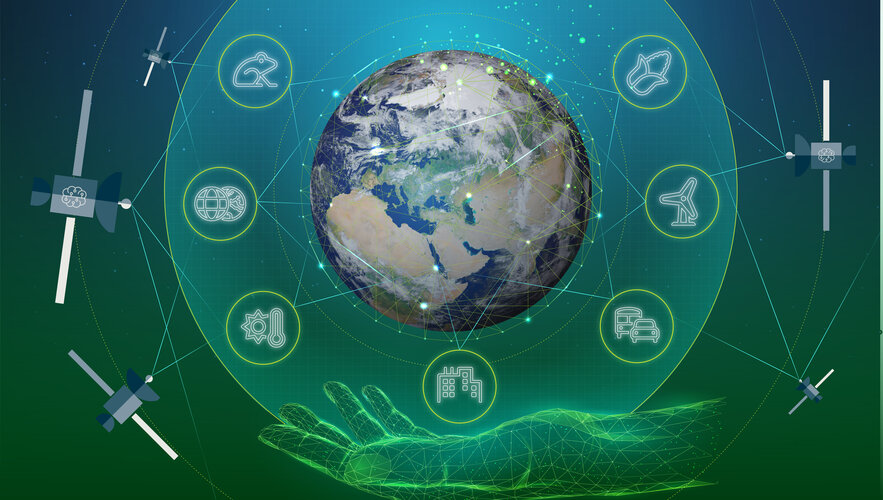
Revision to practices on the authorisation and restriction of hazardous chemicals in the EU and the new ‘Essential Use’ concept are set to further impact space programmes, the space sector and its supply chains.
Sol 3572: And Now for Something Completely Different? Or Not!
 We are almost through Paraitepuy pass, an area between two large buttes that has made for tricky driving while dealing with communication challenges, sand and broken-up rocks. But the end is in sight as we near an area identified from orbit as probably containing hydrated magnesium sulfates, in contrast with the clay-bearing unit that we have been transitioning out of.
Before we get there
We are almost through Paraitepuy pass, an area between two large buttes that has made for tricky driving while dealing with communication challenges, sand and broken-up rocks. But the end is in sight as we near an area identified from orbit as probably containing hydrated magnesium sulfates, in contrast with the clay-bearing unit that we have been transitioning out of.
Before we get there Thermophysical properties of lunar farside regolith with in-situ temperature measurement by Chang'E-4
 Lunar regolith is a layer of loosely-packed rocky grains deposited on the lunar surface, whose physical and chemical properties are important for deciphering the geologic history and lunar spacecraft design.
Probing the thermal conductivity of the lunar regolith has drawn a lot of attention since the Apollo era. Early measurements focused on the Apollo regolith samples, but the experimenta
Lunar regolith is a layer of loosely-packed rocky grains deposited on the lunar surface, whose physical and chemical properties are important for deciphering the geologic history and lunar spacecraft design.
Probing the thermal conductivity of the lunar regolith has drawn a lot of attention since the Apollo era. Early measurements focused on the Apollo regolith samples, but the experimenta UCL team maps moon's surface for NASA missions
 UCL researchers are helping NASA prepare for its Artemis programme moon missions by creating high-resolution 3D models of potential landing sites. Professor Jan-Peter Muller and PhD student Alfiah Putri (both UCL Mullard Space Science Laboratory) were commissioned by NASA's Jet Propulsion Laboratory (JPL) to create a 3D model and image of a possible landing site known as Aristarchus - a crater 4
UCL researchers are helping NASA prepare for its Artemis programme moon missions by creating high-resolution 3D models of potential landing sites. Professor Jan-Peter Muller and PhD student Alfiah Putri (both UCL Mullard Space Science Laboratory) were commissioned by NASA's Jet Propulsion Laboratory (JPL) to create a 3D model and image of a possible landing site known as Aristarchus - a crater 4 Sol 3571: We'll Take a Little Bit of Everything Please!
 Today we planned a single sol plan cramming lots of science into a small plan, before driving in the afternoon. The workspace here has flat-lying bedrock, sometimes with visible laminations or with raised ridges, with some patches of rougher textured (chaotic looking) material overlying the bedrock and lots of float rocks. So - rather than choose between them - we are doing a bit of everything!
Today we planned a single sol plan cramming lots of science into a small plan, before driving in the afternoon. The workspace here has flat-lying bedrock, sometimes with visible laminations or with raised ridges, with some patches of rougher textured (chaotic looking) material overlying the bedrock and lots of float rocks. So - rather than choose between them - we are doing a bit of everything! Maritime Launch to begin construction of Spaceport Nova Scotia
 Nova Scotia is a step closer to becoming a global destination for commercial space launch as Maritime Launch Services (Nova Scotia) Ltd. (Maritime Launch or "the Company") (NEO: MAXQ, OTCQB: MAXQF) is approved to begin construction of Spaceport Nova Scotia - Canada's first commercial spaceport.
"Today is historic. Nova Scotia is the safest and most globally competitive location to launch s
Nova Scotia is a step closer to becoming a global destination for commercial space launch as Maritime Launch Services (Nova Scotia) Ltd. (Maritime Launch or "the Company") (NEO: MAXQ, OTCQB: MAXQF) is approved to begin construction of Spaceport Nova Scotia - Canada's first commercial spaceport.
"Today is historic. Nova Scotia is the safest and most globally competitive location to launch s NASA scrubs launch of giant Moon rocket, may try again Friday
 NASA has scrubbed a test flight of its powerful new rocket, in a setback to its plan to send humans back to the Moon and eventually to Mars, but may shoot for another launch attempt on Friday.
"We don't launch until it's right," NASA administrator Bill Nelson said after an engine issue forced a cancellation of Monday's flight from the Kennedy Space Center in Florida.
"This is a very comp
NASA has scrubbed a test flight of its powerful new rocket, in a setback to its plan to send humans back to the Moon and eventually to Mars, but may shoot for another launch attempt on Friday.
"We don't launch until it's right," NASA administrator Bill Nelson said after an engine issue forced a cancellation of Monday's flight from the Kennedy Space Center in Florida.
"This is a very comp NASA scrubs launch of new moon rocket after engine problem
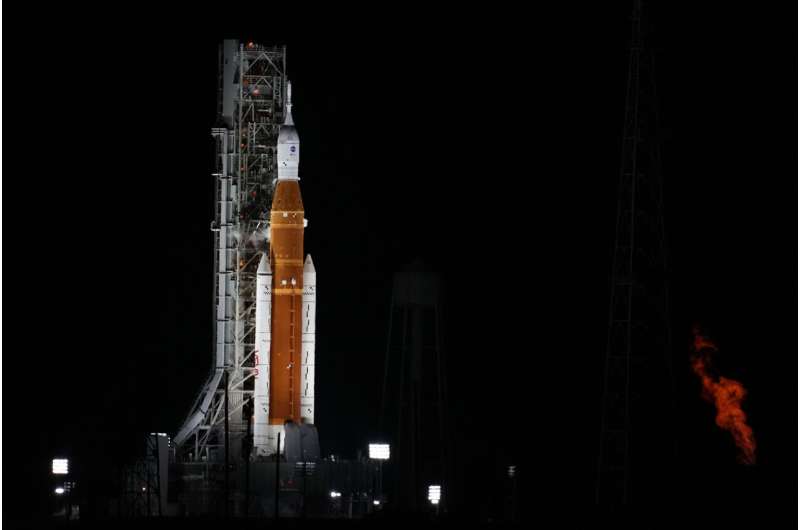
A fuel leak and then an engine problem during final liftoff preparations led NASA to call off the launch of its mighty new moon rocket Monday on its debut flight with three test dummies aboard.
The next launch attempt will not take place until Friday at the earliest and could be off until next month.
Scientist sending yeast and algae to space on Artemis 1

When NASA's Artemis 1 lunar mission takes off on August 29, on board will be four science experiments—including one from Canada.
UBC pharmaceutical sciences professor Dr. Corey Nislow is sending yeast and algae cultures into space, in a pod not much bigger than a shoebox, to study the effects of cosmic rays and near zero gravity on living organisms.
When the spacecraft returns after its uncrewed 42-day orbit around the Moon, Dr. Nislow will get his samples back, along with the information they contain.
In this Q&A, he explains what the NASA project could mean for medical advances on Earth and in space.
What is it exactly that you're sending into to space, and why?
We chose to study Chlamydomonas reinhardtii—a single-cell green alga—and 6,000 yeast mutants.














